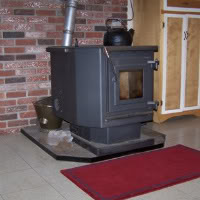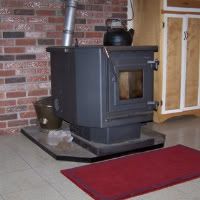Quasi-Green Products


Natural gas (vs. oil) is probably the most obvious example – and this topic has jumped into the news in a big way, with burgeoning supply brought about by breakthroughs in exploration technologies. Yet there are literally hundreds of others – and I enjoy reading the numerous business plans that I receive from companies wishing to go in these directions.
Here’s another good example: wood pellet stoves. Some consider this solution to be “CO2 neutral” (i.e., even though they do produce CO2 when burned, the material was once part of a tree that lived on CO2, so the two factors cancel each other out). This seems fallacious to me, since the tree (that otherwise would still be alive) was killed in the process of making the pellets. Having said that, this form of heat is obviously far cleaner than oil or coal. Here’s an excellent summary from GreenDaily.com.
I have to admit that I’ve been a heavy user of the standard wood burning fireplace. Sitting around the fire after dinner on a cold night, helping the kids with their homework — there are few things that I enjoy more. But I’m headed in the direction of wood pellets myself. While we’re running as fast as possible in the direction of solar, wind, hydro, geothermal, and the like, it’s a trade-off I feel good about.

“Here’s another good example: wood pellet stoves. Some consider this solution to be “CO2 neutral” (i.e., even though they do produce CO2 when burned, the material was once part of a tree that lived on CO2, so the two factors cancel each other out). This seems fallacious to me, since the tree (that otherwise would still be alive) was killed in the process of making the pellets.”
Don’t forget that if the tree was not “killed” it would die anyway and then decay via termites and other critters and the CO2 would be released anyway. Releasing the CO2 in the wood stove just diverts it to a useful function. LL
Excellent point, Larry. I’m under NDA, or I would say more about these guys’ business plan re: wood pellets, but suffice it to say that they’ve done a lot of really advanced thinking on forestry techniques, and the analysis of the CO2-related point you’ve brought up here.